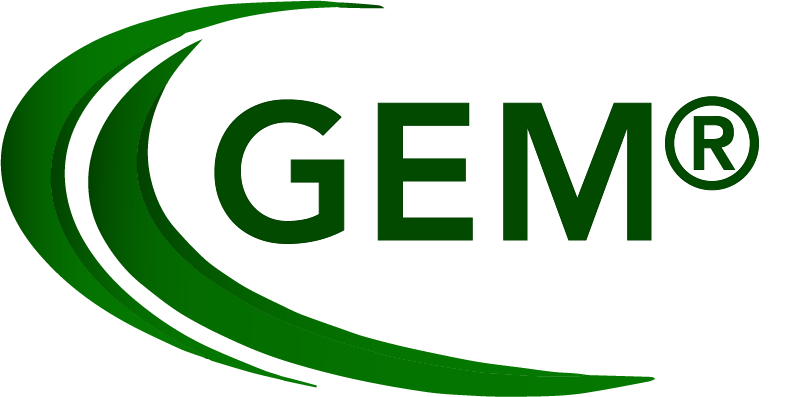
GEM includes all power plants, regardless of fuel type, in the U.S. and Canada; however, when it comes to coal-fired power plants, the model level of detail is unique. The coal-fired plants are modeled on a unit-by-unit basis, providing the most specific results of any U.S. domestic steam coal markets model available. At this distinctive level of detail both on the coal supply side and on the coal- fired unit demand side, this model is the only one of its kind yielding such granular quantitative results which are truly optimized on a unit-level basis and in a fully integrated fashion.
The GEM®+GTM® modeling suite is an optimization based forecasting platform that allows users to generate base cases and scenario simulations (such as increased exports, environmental regulations and increased gas production) across various time horizons. The model calculates the unique combination of a large number of parameters that achieves the lowest cost of electricity generation in the United States for a given amount of electricity demand.
It uses both linear programming and mixed integer programming optimization techniques and thus can be characterized as an LP/MIP optimization model. GEM® simultaneously solves 84 time blocks for a single year (six seasons times 14 time zone combinations for time-of-day load distribution). Since all of this is done simultaneously, it means that in one single module of computation, optimal co-dependent values are determined for all of the varying parameters including, among others:
- Amount and type of fuel choice by unit;
- Level of each unit’s dispatch;
- Environmental clean-up decisions between new equipment, fuel switching, and allowance purchasing;
- Location, amount, and type of new generation capacity;
- Retirement of existing units;
- Amount of economically justified mining capacity expansion for each cost level for each type of coal;
- FOB coal mine prices;
- Natural gas prices and volume
- Wholesale electricity prices; and
- Pollutant allowance prices.

